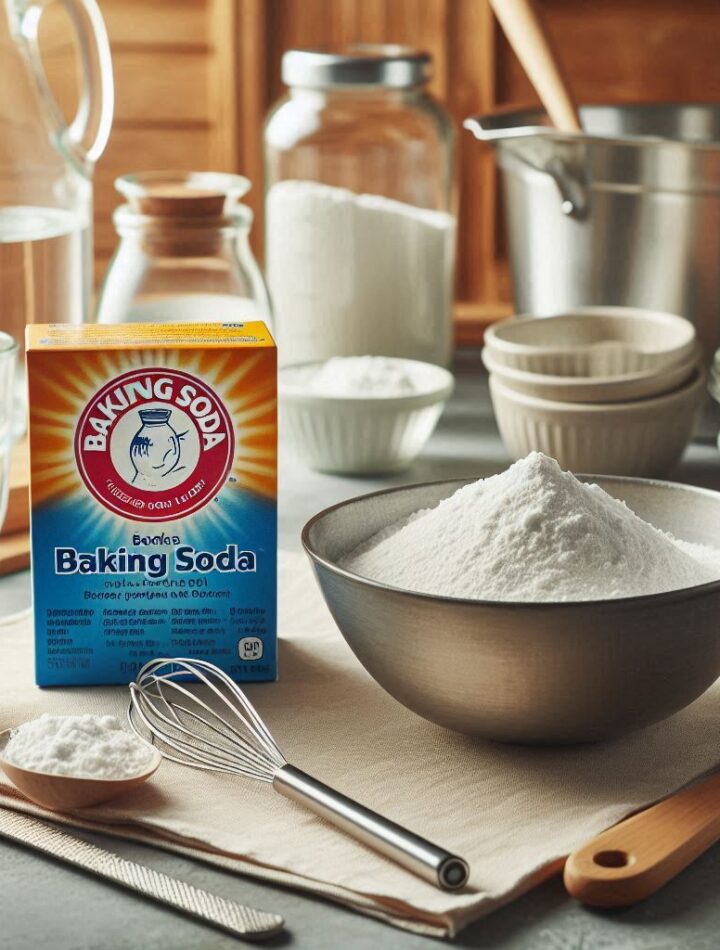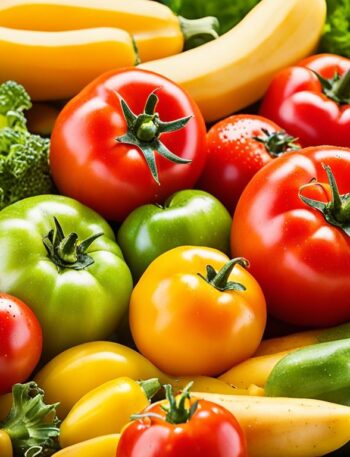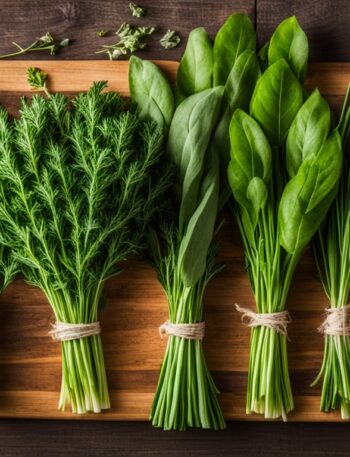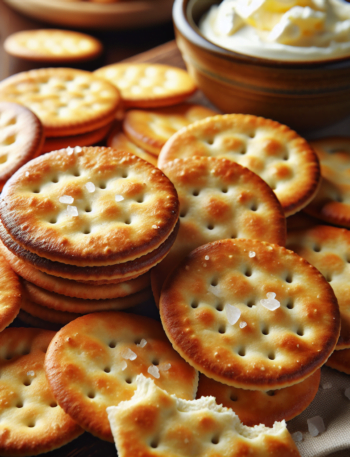In today’s world, more and more people are becoming aware of gluten sensitivity, celiac disease, and the importance of maintaining a gluten-free diet. Whether you’re newly diagnosed or just trying to support a loved one, understanding which common kitchen ingredients are gluten-free is essential. One such ingredient that often raises questions is baking soda. But, is baking soda gluten-free? This article will explore this query in-depth, offering insights into what gluten is, how baking soda is made, and how to ensure that your baking soda is safe for a gluten-free diet.
| Outline | Sub-Topics |
|---|---|
| Introduction to Gluten and Gluten-Free Diets | What is Gluten? Importance of Gluten-Free Diets |
| Understanding Baking Soda | What is Baking Soda? Production and Ingredients |
| Is Baking Soda Gluten-Free? | Examining the Gluten Content in Baking Soda |
| Why Gluten Contamination is a Concern | Cross-Contamination and Gluten Sensitivity Risks |
| Choosing Gluten-Free Baking Soda Brands | Best Brands, Certifications, and Labels |
| How to Test if Baking Soda is Gluten-Free | Testing Methods and At-Home Gluten Detection |
| Comparing Baking Soda with Baking Powder | Differences and Gluten-Free Status of Both |
| Substitutes for Baking Soda in Gluten-Free Baking | Other Leavening Agents for Gluten-Free Baking |
| Common Uses of Baking Soda in Gluten-Free Cooking | Baking, Cleaning, and Beyond |
| Ensuring a Gluten-Free Kitchen Environment | Tips to Avoid Cross-Contamination |
| Understanding Gluten in Other Common Ingredients | Hidden Gluten in Everyday Foods |
| The Science Behind Gluten-Free Baking | How Baking Soda Reacts with Gluten-Free Ingredients |
| Safety Tips for Celiac Patients | How to Read Labels, What to Avoid, and Safe Practices |
| Recipes Using Gluten-Free Baking Soda | Simple, Delicious Gluten-Free Recipes |
| Storing Gluten-Free Baking Ingredients | Proper Storage to Avoid Contamination |
| Health Benefits of Gluten-Free Baking | Beyond Celiac: Who Else Can Benefit? |
| Challenges of Gluten-Free Baking | Troubleshooting Common Problems in Gluten-Free Baking |
| FAQs About Gluten-Free Baking Soda | Common Questions and Expert Answers |
| Conclusion | Summarizing the Safety and Uses of Gluten-Free Baking Soda |
| Custom Message | CTA and Additional Resources |
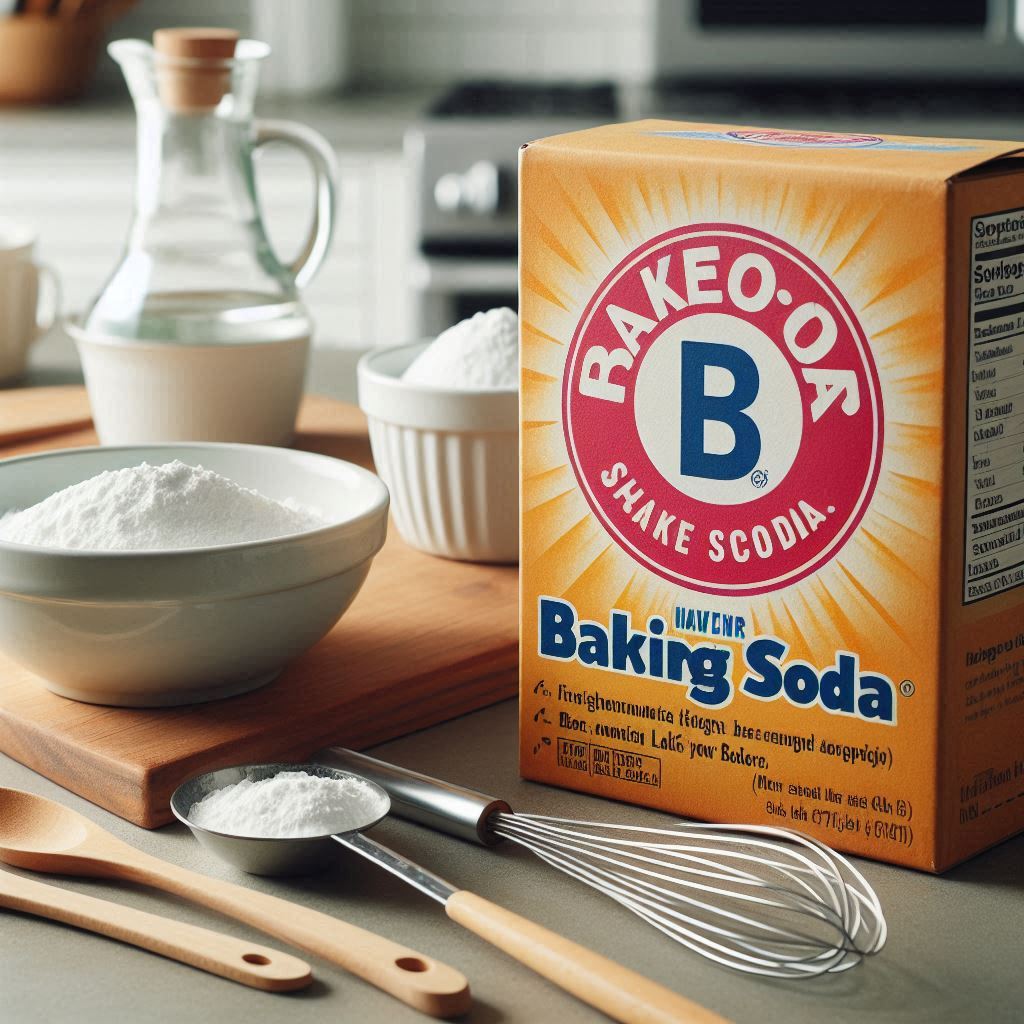
Introduction to Gluten and Gluten-Free Diets
Gluten is a protein found in grains like wheat, barley, and rye. For those with celiac disease, gluten sensitivity, or wheat allergy, ingesting gluten can trigger severe health issues ranging from digestive discomfort to life-threatening conditions. Hence, a gluten-free diet is not just a preference but a necessity for millions of people worldwide.
Maintaining a gluten-free diet means carefully avoiding foods that contain gluten, but also being vigilant about cross-contamination. This concern extends beyond obvious food items to include ingredients like baking soda that may come into contact with gluten during processing.
Understanding Baking Soda
Baking soda, or sodium bicarbonate, is a leavening agent commonly used in baking. It reacts with acids in recipes, such as vinegar or lemon juice, to produce carbon dioxide gas, which helps dough rise. It’s a staple in kitchens due to its versatility in cooking, cleaning, and even personal care.
The production of baking soda involves mining a mineral called trona, which is then processed into sodium carbonate before being converted into sodium bicarbonate. The simplicity of this process leads many to believe that baking soda is inherently gluten-free. However, the manufacturing environment can introduce risks that need to be considered.
Is Baking Soda Gluten-Free?
In its pure form, baking soda is naturally gluten-free. Sodium bicarbonate is a simple compound, free from gluten proteins. However, the concern lies not in the baking soda itself but in how it’s processed and packaged. Cross-contamination can occur if baking soda is manufactured in facilities that also process gluten-containing products.
Why Gluten Contamination is a Concern
For those with celiac disease or severe gluten sensitivity, even trace amounts of gluten can cause significant health issues. Cross-contamination happens when gluten comes into contact with gluten-free foods, often during manufacturing or packaging. If a facility processes wheat or other gluten-containing grains, the risk of contamination increases.
Choosing Gluten-Free Baking Soda Brands
To ensure that your baking soda is truly gluten-free, it’s important to select brands that are certified gluten-free. These certifications are granted by organizations that test products to ensure they meet strict gluten-free standards, usually requiring less than 20 parts per million (ppm) of gluten.
Some popular gluten-free baking soda brands include:
- Arm & Hammer: While not certified gluten-free, they claim to have strict protocols to prevent cross-contamination.
- Bob’s Red Mill: Known for their gluten-free products, this brand offers a baking soda that’s packaged in a gluten-free facility.
- Ener-G: Offers a baking soda that is certified gluten-free, ensuring no cross-contamination.
Always check for certifications and read labels carefully.
How to Test if Baking Soda is Gluten-Free
If you’re uncertain about the gluten-free status of your baking soda, you can test it using gluten-detection kits available for home use. These kits, often using antibodies that react with gluten, can help you determine if the baking soda you’re using is safe. While not foolproof, they provide an additional layer of security for those highly sensitive to gluten.
Comparing Baking Soda with Baking Powder
It’s important to distinguish between baking soda and baking powder, as the latter may contain gluten. Baking powder is a combination of baking soda, an acid (often cream of tartar), and a starch. The starch used in some baking powders could be derived from wheat, making it unsafe for those with gluten sensitivity unless explicitly labeled gluten-free.
Substitutes for Baking Soda in Gluten-Free Baking
If you cannot find a suitable gluten-free baking soda or prefer alternatives, several other leavening agents can be used in gluten-free baking, including:
- Baking Powder (Gluten-Free): Ensure it’s labeled gluten-free, as it includes a starch component.
- Potassium Bicarbonate: A direct substitute for baking soda, often used for those who need a low-sodium diet.
- Yeast: Though it requires more time and specific conditions, yeast can be used to leaven bread and other baked goods.
Common Uses of Baking Soda in Gluten-Free Cooking
Baking soda isn’t just for baking. It’s a versatile ingredient that can be used in various ways in a gluten-free kitchen:
- As a Leavening Agent: Essential for making gluten-free bread, cookies, and cakes rise.
- For Cleaning Produce: Baking soda is an excellent natural cleaner for fruits and vegetables.
- In Odor Removal: It can be used to neutralize odors in refrigerators, carpets, and even shoes.
Ensuring a Gluten-Free Kitchen Environment
Maintaining a gluten-free kitchen goes beyond ingredient selection. Cross-contamination can occur if gluten-containing products are stored, prepared, or cooked alongside gluten-free foods. Some tips to ensure a gluten-free kitchen include:
- Separate Storage: Keep gluten-free products in separate containers and areas from gluten-containing ones.
- Dedicated Utensils and Appliances: Use separate cutting boards, mixers, and toasters for gluten-free cooking.
- Thorough Cleaning: Always clean surfaces and utensils before preparing gluten-free meals.
Understanding Gluten in Other Common Ingredients
Baking soda is just one of many ingredients that gluten-sensitive individuals need to scrutinize. Common kitchen ingredients that might contain gluten include:
- Spices and Seasonings: Some may have gluten-containing fillers or anti-caking agents.
- Condiments: Soy sauce, malt vinegar, and some salad dressings often contain gluten.
- Processed Foods: Many processed foods, from soups to snacks, may contain hidden gluten.
The Science Behind Gluten-Free Baking
Gluten-free baking requires an understanding of how different ingredients interact without the binding properties of gluten. Baking soda plays a crucial role in providing the rise and texture that gluten-free flours often lack. It reacts with acidic ingredients like buttermilk or yogurt, releasing carbon dioxide and helping to create the desired crumb structure.
Safety Tips for Celiac Patients
For those with celiac disease, vigilance is key. Here are some tips:
- Read Labels Carefully: Always look for the gluten-free certification.
- Consult Gluten-Free Guides: Many organizations provide lists of gluten-free products.
- Communicate with Manufacturers: Don’t hesitate to reach out to companies to confirm their products are gluten-free.
Recipes Using Gluten-Free Baking Soda
Here are a few simple recipes to get started with gluten-free baking soda:
- Gluten-Free Pancakes: A fluffy stack made with almond flour, eggs, and a touch of baking soda.
- Gluten-Free Banana Bread: Moist and flavorful, using gluten-free flour, ripe bananas, and baking soda.
- Gluten-Free Chocolate Chip Cookies: Classic cookies with a gluten-free twist, using baking soda to achieve the perfect texture.
Storing Gluten-Free Baking Ingredients
Proper storage of gluten-free ingredients is crucial to avoid contamination. Store baking soda in a dry, cool place, preferably in an airtight container. This prevents any airborne gluten particles from contaminating the product.
Health Benefits of Gluten-Free Baking
Going gluten-free is more than just avoiding gluten. Many people find that a gluten-free diet helps with digestive health, reduces inflammation, and can even improve energy levels. Baking soda, when used in gluten-free recipes, contributes to creating healthier, homemade alternatives to processed foods.
Challenges of Gluten-Free Baking
Baking without gluten can be tricky, with common challenges including:
- Texture Issues: Gluten-free baked goods can sometimes be crumbly or dense.
- Flavor Balance: Some gluten-free flours have a distinct taste that may require adjustments in recipes.
- Rise and Structure: Without gluten, it’s harder to achieve the elasticity and rise typical of wheat-based goods.
FAQs About Gluten-Free Baking Soda
Is baking soda always gluten-free?
Yes, pure baking soda is naturally gluten-free. However, the risk lies in potential cross-contamination during processing or packaging.
Can I use baking powder instead of baking soda in gluten-free recipes?
Yes, but ensure the baking powder is labeled gluten-free, as some contain starch derived from wheat.
What should I look for on a baking soda label to ensure it’s gluten-free?
Look for a “gluten-free” certification or contact the manufacturer for confirmation.
How can I test my baking soda for gluten?
You can use a home gluten detection kit to test baking soda, though it’s generally safe if properly labeled.
Can cross-contamination occur at home?
Yes, if gluten-containing products are stored or prepared near gluten-free items, cross-contamination is possible.
What are some other gluten-free leavening agents?
Besides baking soda, gluten-free baking powder, yeast, and potassium bicarbonate are good options.
Conclusion
Understanding whether baking soda is gluten-free is essential for anyone adhering to a gluten-free diet. While baking soda itself is gluten-free, it’s important to be aware of potential cross-contamination and choose brands that are certified or trusted. By taking these precautions, you can safely include baking soda in your gluten-free baking and cooking, ensuring both safety and delicious results.

